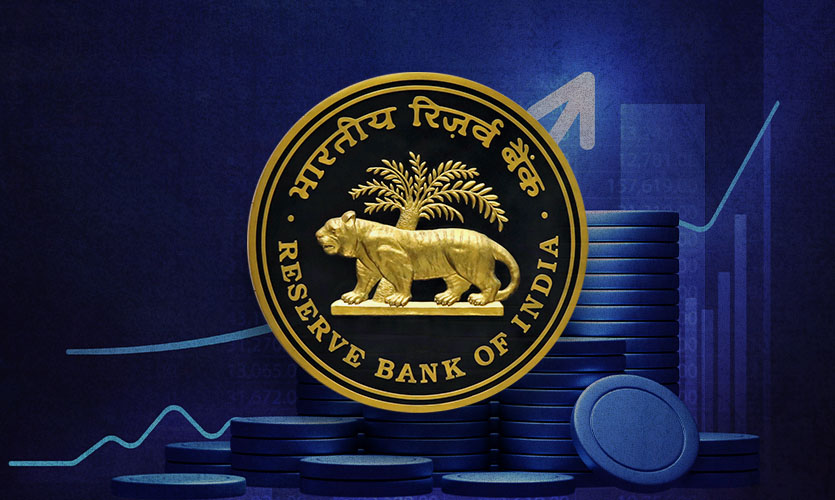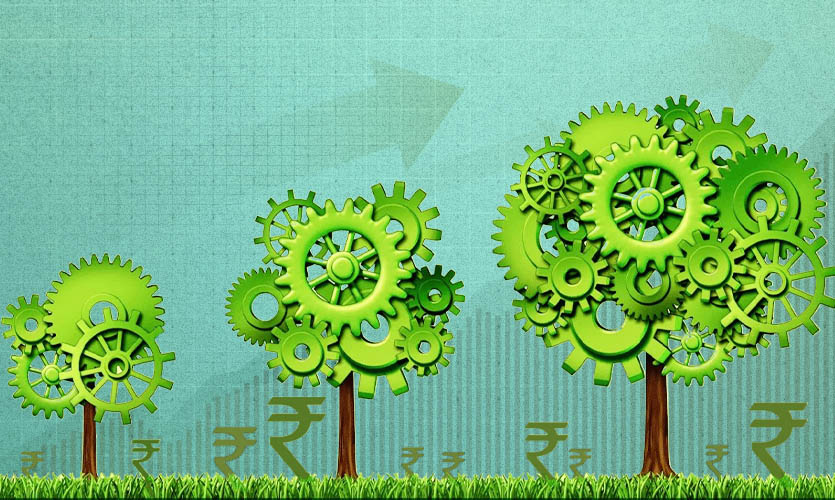India’s gross domestic product (GDP) fell by 7.3%, to ₹135.13 trillion, during the 2020-21 financial year. It was at ₹145.69 trillion during 2019-20. This is the biggest dip India has seen since its independence in 1947.
India’s GDP growth had been decreasing for about a half-decade. The sudden impact of the COVID-19 pandemic, lockdowns and movement restrictions added to the burden, pushing the economy into the worst recession since 1980. The last time India’s economy was negative was before the 1980s when a catastrophic drought-ravaged most of the nation. Moreover, crude oil prices had virtually doubled owing to supply problems caused by the Iranian revolution in the Gulf.
The GDP grew by 3% between January and March 2020 but the end of the fiscal year 2020-21 displayed a record low. Nonetheless, this is a modest improvement from the prior projection of an 8% decline in the second advance estimates given in February, owing primarily to a strong increase in government spending.
Notably, the GDP contracted by 24.4% and 7.4% in the first two quarters of FY21, respectively, putting the country in a technical recession. According to provisional estimates issued by the National Statistical Office (NSO) on May 31, the fourth-quarter increase was driven mostly by the manufacturing sector, while the service sector remained comparably slow.
“Needless to say, the economic outlook remains highly uncertain, and periodic material revisions to our growth forecasts may persist in FY2022, as was the case in FY2021,” said Aditi Nayar, the chief economist at ICRA, in a statement as quoted by the Business Insider. “At present, we expect real GDP to expand in the range of 8-9.5% in FY2022.”
Sectorial Growth
Except for two broad categories – ‘agriculture, forestry, and farming’ and ‘electricity, gas, water supply, and other utility services’ – nearly every sector of the Indian economy had a drop in the gross value added (GVA) of the GDP during 2020-21. The industries offering essentials have managed to stay afloat.
Tourism, communications, and transport suffered the worst impact. The sector GVA fell by 18.2% in the previous year, after being the third-fastest growing industry in 2019-20.
Read more about why the IEA has urged countries to end their fossil fuel investments
In Focus: RBI
With India’s GDP growth in the troughs, the government faces increased pressure to reignite economic development. Increasing the money supply in the economy can be one way to do this. The Reserve Bank of India (RBI), which is due to review its lending policy this week, will be in charge of this.
Typically, the central bank increases the money supply by either lowering interest rates or making borrowing simpler. Both approaches, at least in principle, are intended to boost loan availability.
More credit implies more finances available for everything, from establishing or expanding manufacturing to purchasing a home or an automobile. All of these can help stimulate economic activity and growth.
On the other hand, a rise in money supply can also trigger inflation because even if there is more money, it is still chasing the same number of goods and services. It is permissible as long as the pace of growth exceeds the pace of price rise.
If not, one strategy to combat excessive inflation is to raise interest rates, which is the inverse of what is required to expand the money supply. Therein lays the enigma. The system requires a reduction in interest rates to promote economic growth.
Meanwhile, inflation statistics may indicate the necessity for a rise in interest rates. It is up to the RBI and the Monetary Policy Committee (MPC) to work out how to balance this catch-22 position through the use of credit policy.
If the panel decides to inject more money into the economy by lowering interest rates, it might aggravate inflation and raise the cost of necessities such as food and petrol, resulting in a double whammy for the typical consumer.
Before the 2021-22 financial year began, many analysts predicted the GDP for this year to be higher than the GDP for 2019-20. They predicted that the Indian economy would recover to pre-pandemic levels. However, based on current indications, that will not be plausible until the end of the 2022-23 FY.










